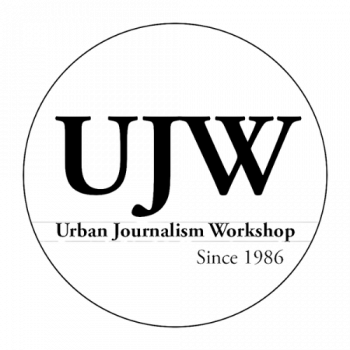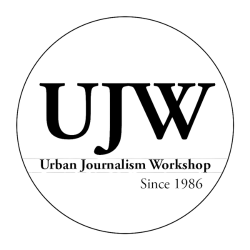By Campbell Burr
UJW
WASHINGTON — The music blares from her Jeep Wrangler as she sits in traffic, soaking up the California sun and admiring the sparkling coastline. The cool breeze clears her nostrils as she throws her head back and smiles.
Vernice Armour, Marine Corps officer and combat pilot, has returned from her second deployment to Iraq and is glad to be alive.
Since her return in 2004, Armour has been traveling the country giving motivational speeches, including a recent news conference for high school students in the Urban Journalism Workshop.
“Acknowledge the obstacles, don’t give them power,” Armour tells her audiences.
She has overcome money, gender and racial barriers. In doing so, she became the first black female combat pilot in the Marine Corps.
Armour has always enjoyed life. She was a student at Middle Tennessee State University looking for fun and opportunity when she signed up for the ROTC Rifle Team’s free trip to Mardi Gras in New Orleans. Armour didn’t have much fun in New Orleans, but she did find her passion.
Armour enlisted in the Army in 1992, and a year later she found herself in Fort Jackson doing pushups. Initially, she wasn’t interested in flying.
“I wanted to do anything where I could shoot a gun or blow something up,” she said.
During Army ROTC Leadership Training Advanced Camp, she got a glimpse of an African-American woman in a flight suit and that changed her career path. She decided to attend flight school.
Wanting to graduate at the top of her class, Armour focused on mastering every skill. She was concerned that her greatest weakness, swimming, would prevent her from achieving this. After seeking help and practicing tirelessly, she improved.
“When we know that we need a little help on something there are resources around us to help us get there,” she told the students. “I’m constantly telling people, ‘Prepare for your passion.’ ”
She graduated in July 2001, becoming the Marine Corps’ first African-American female pilot. Soon after, she moved to Camp Pendleton, Calif., to learn how to fly AH-1W Super Cobra attack helicopters.
Armour recounts hearing about the Sept. 11 attacks shortly after arriving to work one morning and knowing that she would be deployed. She was excited.
Armour was first deployed to Kuwait , and then Iraq .
She attributes much of her military success to her positive attitude. Her approach to every setback: “What are we going to do with the situation? Breakthrough time.”
That’s the attitude that allowed her crew to save U.S. troops in Iraq despite being low on gas and having just one missile on her Cobra. Armour circled the area until she spotted a reflection from the mirror of one of the troops on the ground pointing out her target.


